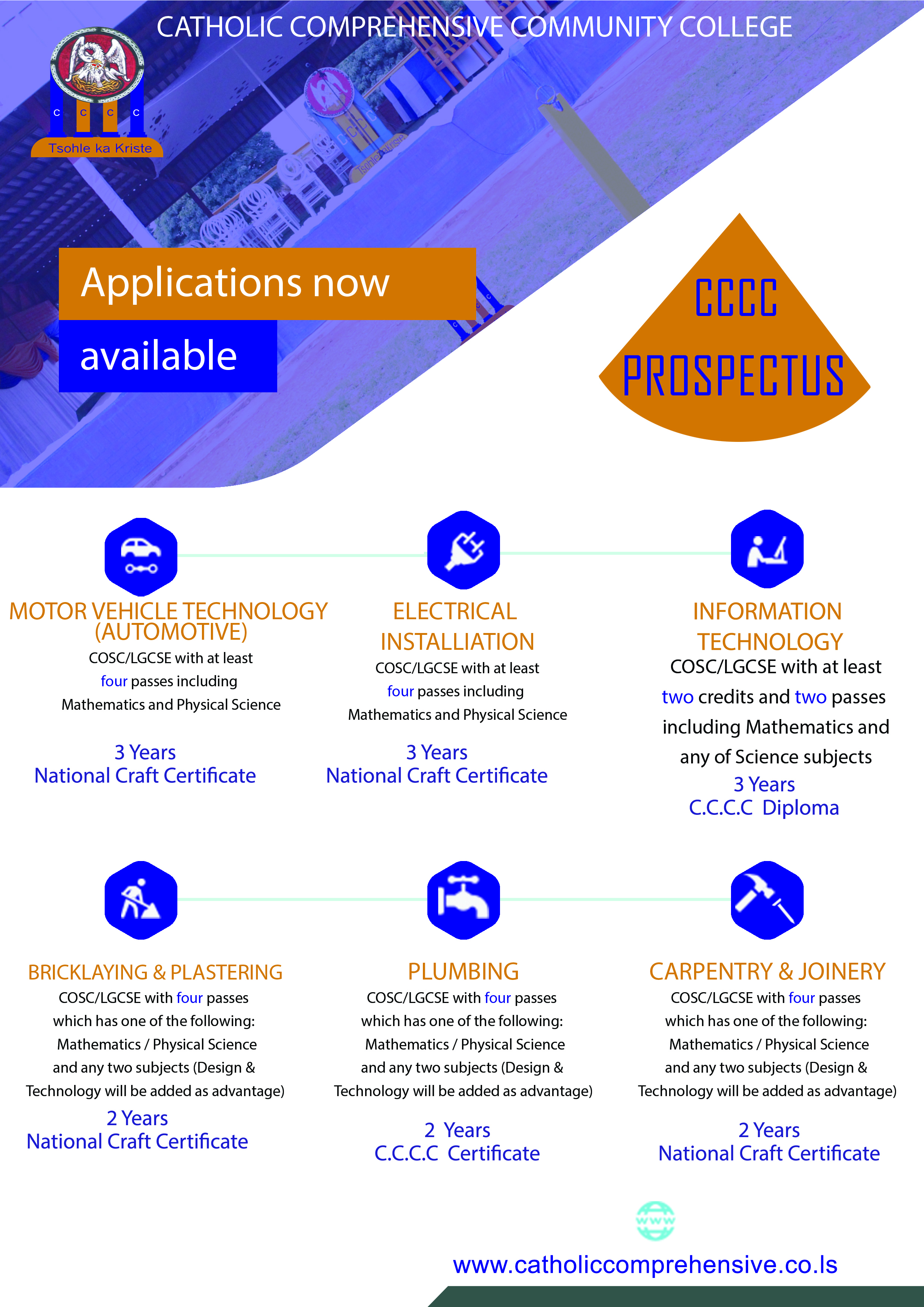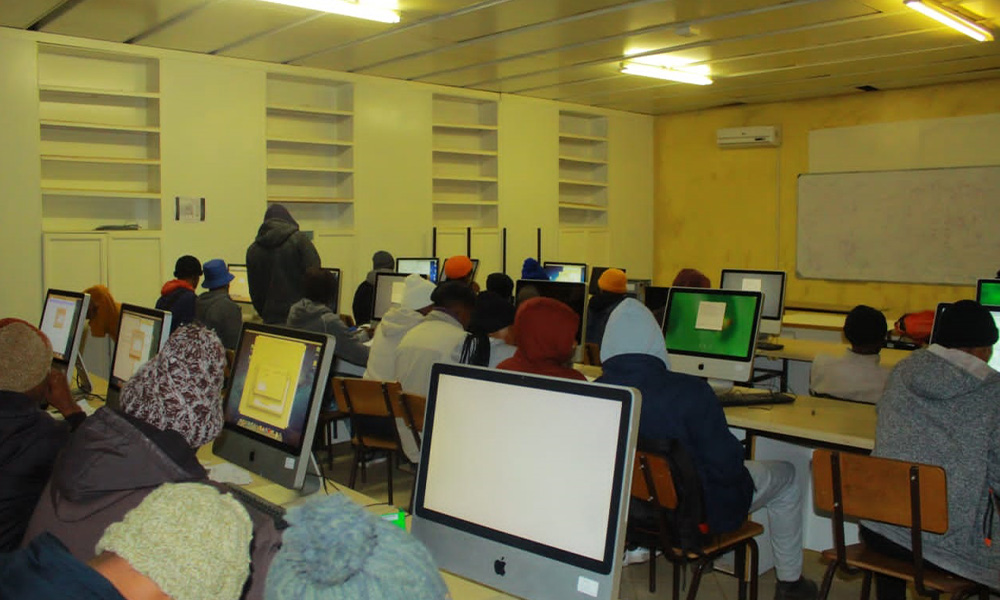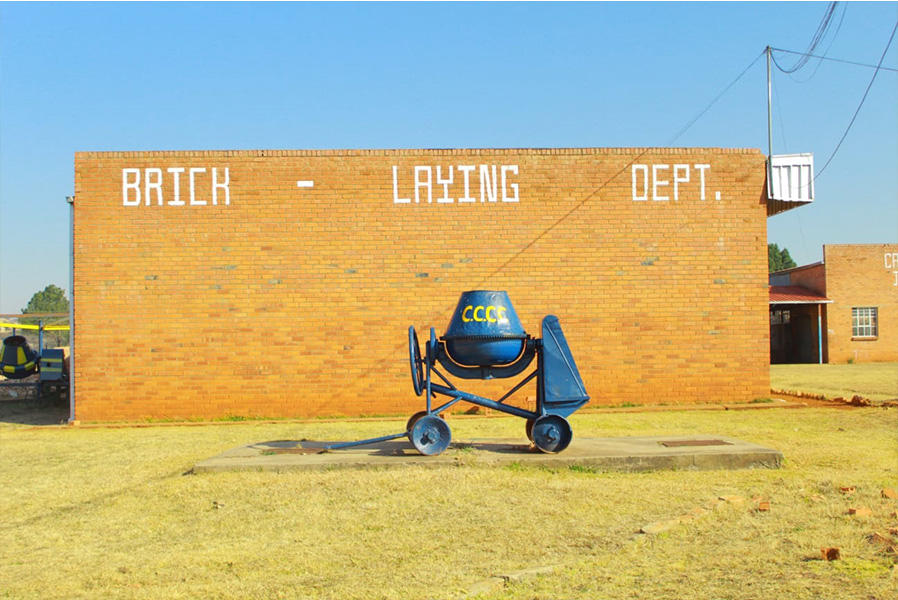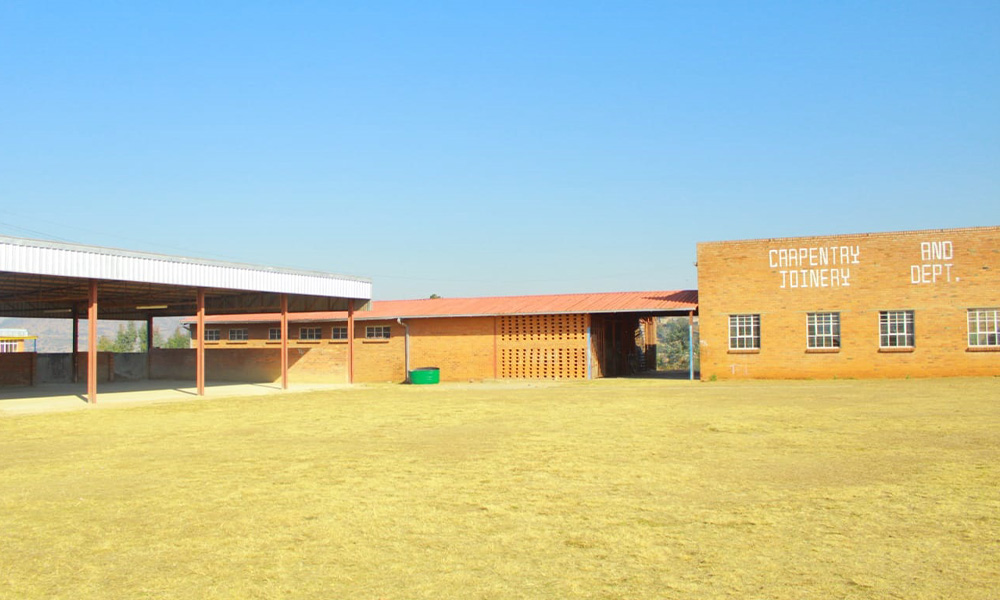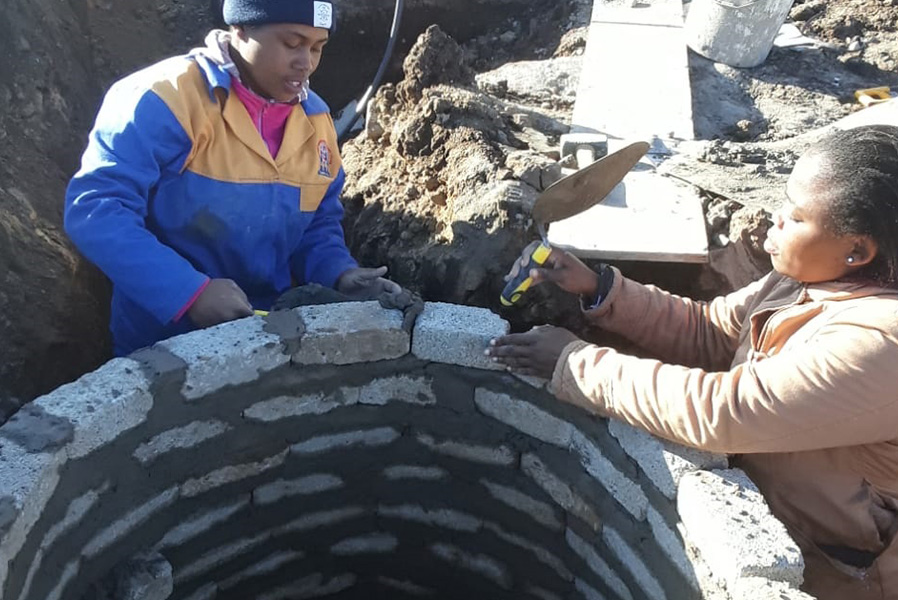Information Technology
This program aims to equip students with recent industrial skills and enables them to be proficient in the areas of multimedia technologies, software development and systems support. This program will enable qualifying students to analyze, design, support, develop and maintain information systems, information security, networks and database systems according to client requirements, applying principled methodologies in continuously changing industrial, organizational and commercial information and communication technology environments.
Overview
- Instructors 4
- Duration in Class 3 hours
- Language English
- Students 40
- Assessments Yes
Course Objectives
Course Assessment
Certification
-
Semester 6
-
Year 3Certificate is awarded
-
From Semester 1 to 5 Internship Semester 66 months
-
Instructor
Knowledge of Students
3
Automotive
Automotives is involved in the design, manufacture and operation of ground-based vehicles, such as motorcycles, automobiles, buses and trucks and their respective engineering subsystems. Automotive technology is the practical application of knowledge about self-propelled vehicles or machines. They are involved in the whole product design lifecycle from the initial concept through to delivery, but generally work in one of three main areas:design;research and development;production.Engineers in this field need to have a combination of engineering and commercial skills in order to deliver projects within budget.
Overview
- Instructors 3
- Duration in Class 2 hours
- Language English
- Students 20
- Assessments Yes
Certification
-
Semester 6
-
Year 3Certificate is Awarded
-
From Semester 1 to 5 Internship Semester 6
-
Instructor
Knowledge of Students
3
Bricklaying and Plastering
Bricklayers and plasterers are usually the first tradesmen employed on a building project where they are responsible for the building of the inner and outer walls of the building as well as the finishing of these structures. The bricklaying and plastering trade is one of the oldest trades in the building industry and has not changed much since the early days.Plastering comprises the artistic and functional covering and finishing of the interior and exterior walls of building according to specifications and design. Bricklayers are skilled journeymen who construct and repair walls, partitions, steps, free standing piers, arches, fireplaces and other structures made of brick, concrete block or masonry materials.
Overview
- Instructors 3
- Duration in Class 2 hours
- Language English
- Students 20
- Assessments Yes
Certification
-
Semester 4
-
Year 2Certificate is awarded
-
From Semester 1 to 4
-
Instructor
Knowledge of Students
3
Ellectrical Installation
This course will provide individuals with technical and practical knowldge required to carry out basic maintenance of common electrical fixtures and devices found within the residential building. it is also a great refresher for experienced electricians and engineers. This course is also designed to provide students with basic electrical installation and knowledge in practical design and compliance with statutory requirements. This course will be useful to personnel from vocations other than electrical and electronics engineering. it also illudtrates how electricity is distributed and used in the plants and facilities. They will learn how to use electrical test equipment in their everyday jobs before moving onto and in depth discussion about major electrical compnents, where and how this components work, and their purposes within electrical system. The major goal of this basic electrical training course is to teach students (trainees) how to reduce equipment downtime, improve overall efficiency and safety and fix problems they have been unable to solve on their own.
Overview
- Instructors 4
- Duration in Class 2 hours
- Language English
- Students 20
- Assessments Yes
Certification
-
Semester 6
-
Year 3Certificate is awarded
-
From Semester 1 to 5 Internship Semester 66 months
-
Instructor
Knowledge of Students
3

Mr Mpuru
HOD Carpentry and JoineryDepartment
Carpentry and Joinery
Carpenters and joiners make and install wooden fixtures and fittings. They can work in many areas, for instance on construction sites, fitting out shops and bars, and building sets for film and TV. If you enjoy working with wood and want to put your practical skills to good use, this could be an ideal career for you ork activitiescut and shape timber for floorboards, skirting boards and window frames make and assemble doors, window frames, staircases and fitted furnitur fit wooden structures, ike floor and roof joists, roof timbers, staircases, partition walls, and door and window frames (first fixings).
Overview
- Instructors 3
- Duration in Class 2 hours
- Language English
- Students 23
- Assessments Yes
Certification
-
Semester 4
-
Year 2Certificate is awarded
-
From Semester 1 to 4
-
Instructor
Knowledge of Students
3
Plumbing
Plumbing engineering responsibilities is to overlap into the professional engineering areas of Civil Engineering, Mechanical Engineering, Chemical Engineering, Fire Protection Engineering, and Process Engineering. Traditionally the Plumbing Engineer performs the calculations, sizes the equipment and prepares the plumbing design and construction documents under the supervision of a licensed Mechanical, Fire Protection or Civil, Professional Engineer.The Plumbing Engineer plays a different role in the design of the Fire Suppression sprinkler systems for a facility.
Overview
- Instructors 4
- Duration in Class 2 hours
- Language English
- Students 20
- Assessments Yes
Certification
-
Semester 6
-
Year 3Certificate is awarded
-
From Semester 1 to 4
-

